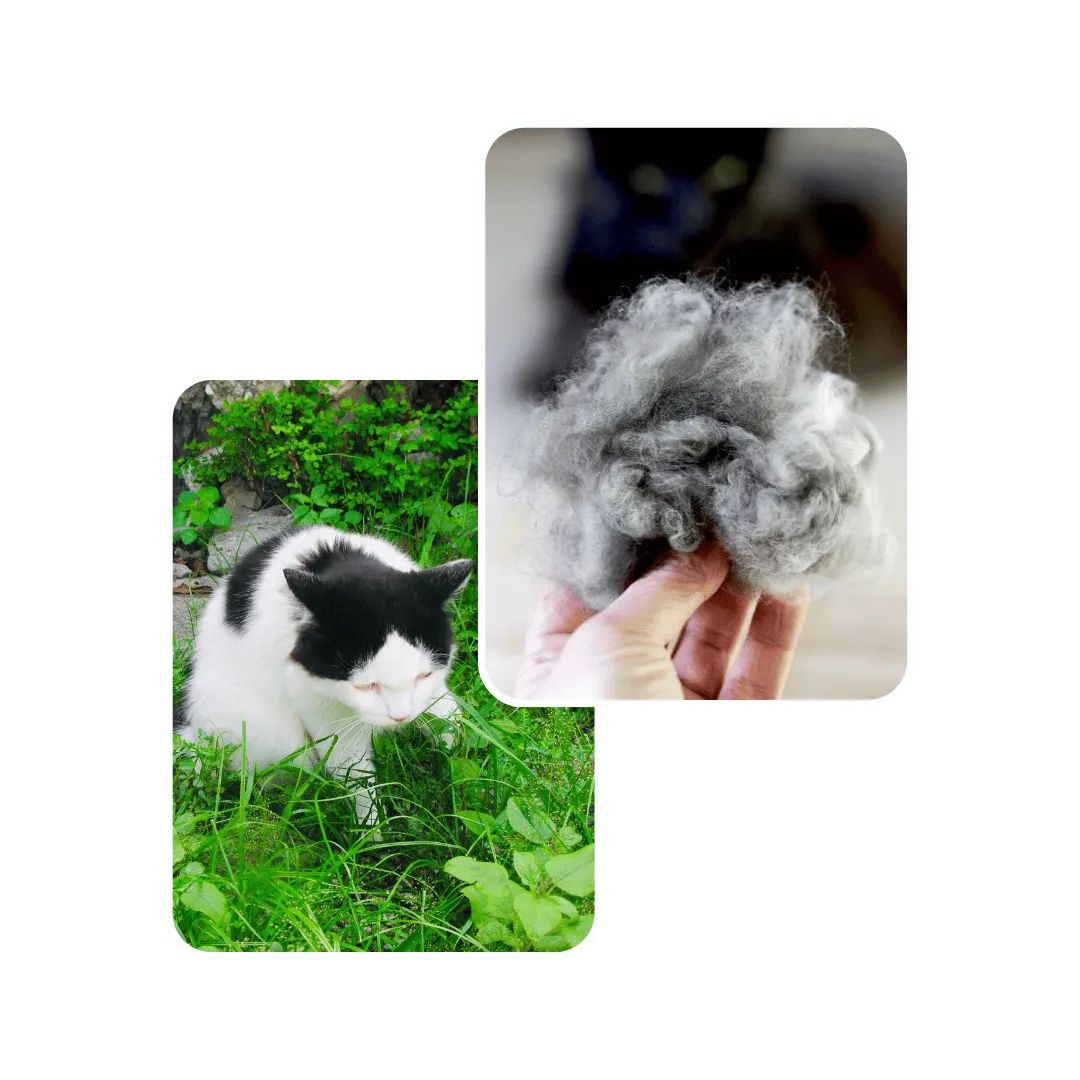
Hairballs form when a cat grooms itself and swallows loose hair. Normally, this hair passes through the digestive system. But if too much fur builds up, it forms a clump that the cat must vomit out. Long-haired breeds like Persians are more prone, as are cats that shed heavily or over-groom due to stress or skin conditions. Sometimes, frequent hairballs are linked to digestive problems that prevent the stomach from moving hair properly.

When trying to bring up a hairball, cats often make strange noises that sound like coughing, choking, or gagging. This can look worrying to owners, but it’s the body’s way of forcing out the clump of hair.
Occasional gagging is normal, but frequent episodes without producing anything may signal a problem.
When hair collects in the stomach, it can make cats feel nauseous or “full,” even if they haven’t eaten much. If your cat avoids meals for more than a day, it could mean the hairball is irritating the stomach lining or causing a partial blockage.
Cats with frequent hairball issues may seem less playful, sleep more, or move around restlessly.
This often happens because their stomach feels uncomfortable. If your usually active cat suddenly becomes withdrawn or weak, it’s a warning sign.
Most hairballs are vomited out as small, tube-shaped clumps of wet fur. Sometimes, your cat may only bring up foamy liquid or bile.
Vomiting is normal, but repeated vomiting can irritate the stomach and may mean something else is going on.
Not all hairballs come up. Some pass through the intestines instead. When too much hair collects, it can slow digestion and make stools hard or difficult to pass. You may see your cat straining in the litter box or producing very dry stools.
The most serious symptom is when a hairball blocks the digestive tract. Signs include repeated vomiting without bringing up anything, a swollen belly, complete loss of appetite, constipation, and severe weakness.
This is a medical emergency that requires immediate veterinary care.
It’s a clump of fur that builds up in the stomach when your cat swallows loose hair while grooming. Most of the time, cats vomit them out without problems.
Yes, occasional hairballs are normal, especially in long-haired cats. But frequent or difficult hairballs are not normal and should be checked.
If your cat vomits repeatedly without producing a hairball, stops eating, or seems very tired, it could mean a blockage. That needs urgent veterinary care.
Yes! Regular grooming, feeding hairball-control food, and giving vet-approved remedies can help reduce them.
If hairballs happen more than once or twice a month, or if your cat shows signs of blockage like not eating or straining, it’s time for a check-up at vet.
Simply click the Appointment button on our website or call us directly. Online booking saves you time and ensures your cat gets.
Your pet deserves expert care – Book an appointment with our experienced vets today
